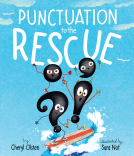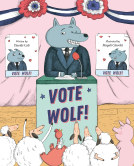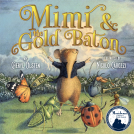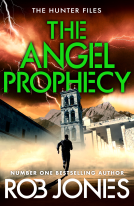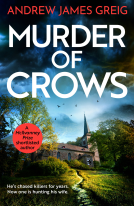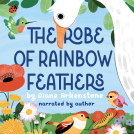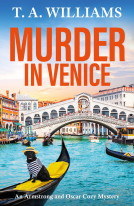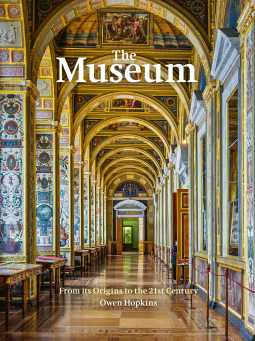
The Museum
From its Origins to the 21st Century
by Owen Hopkins
This title was previously available on NetGalley and is now archived.
Send NetGalley books directly to your Kindle or Kindle app
1
To read on a Kindle or Kindle app, please add kindle@netgalley.com as an approved email address to receive files in your Amazon account. Click here for step-by-step instructions.
2
Also find your Kindle email address within your Amazon account, and enter it here.
Pub Date 23 Nov 2021 | Archive Date 16 Dec 2021
Quarto Publishing Group – White Lion | Frances Lincoln
Talking about this book? Use #TheMuseum #NetGalley. More hashtag tips!
Description
Visited by millions around the world every year, museums are one of mankind’s most essential creations. They tell stories, shape cultural identities and hold valuable insight about the past and about the future. This captivating works charts a path from the very first collection through to the latest developments in cultural curation, interweaving
Using examples of the greatest cultural institutions to shape the narrative, historian and academic Owen Hopkins draws on his deep knowledge of the field to outline the history of the museum movement.
Tracking the evolution from princely collections in Europe and the Enlightenment’s classically inspired temples of curiosities, via the public museums of the late nineteenth century, on to today’s global era oficonic buildings designed by the world’s leading architects, this book is a vital work for anyone seeking to understand the development of the museum into what it is today.
Over the course of five chapters filled with stunning imagery that highlights the beauty of these venerated buildings, the origins of key institutions are revealed, including:
- Louvre
- Metropolitan Museum of Art
- British Museum
- Tate Modern
- The Hermitage
- Guggenheim
- Smithsonian Institute
- Acropolis Museum
Also outlined are the motivations of the architects, curators and patrons who have shaped how we experience the modern museum, a cast that includes names such as King George II, Napoleon, Henry Clay Frick, Peggy Guggenheim, Andrew Carnegie, Alfred Barr, Frank Lloyd Wright, Le Corbusier, Frank Gehry, Richard Rogers, Nicholas Serota and Zaha Hadid.
By examining how these venues became intrinsic to our shared cultural experience, analysing the changing roles they play in society and questioning what the future holds in a digital age, this book is for anyone who has stood in awe at the spectacle of a museum.
Available Editions
| EDITION | Other Format |
| ISBN | 9780711254565 |
| PRICE | US$60.00 (USD) |
| PAGES | 320 |
Average rating from 31 members
Readers who liked this book also liked:
We Are Bookish
General Fiction (Adult), Romance, Women's Fiction
We Are Bookish
General Fiction (Adult), Mystery & Thrillers
Diane Arkenstone
Children's Fiction, Outdoors & Nature, Parenting & Families



